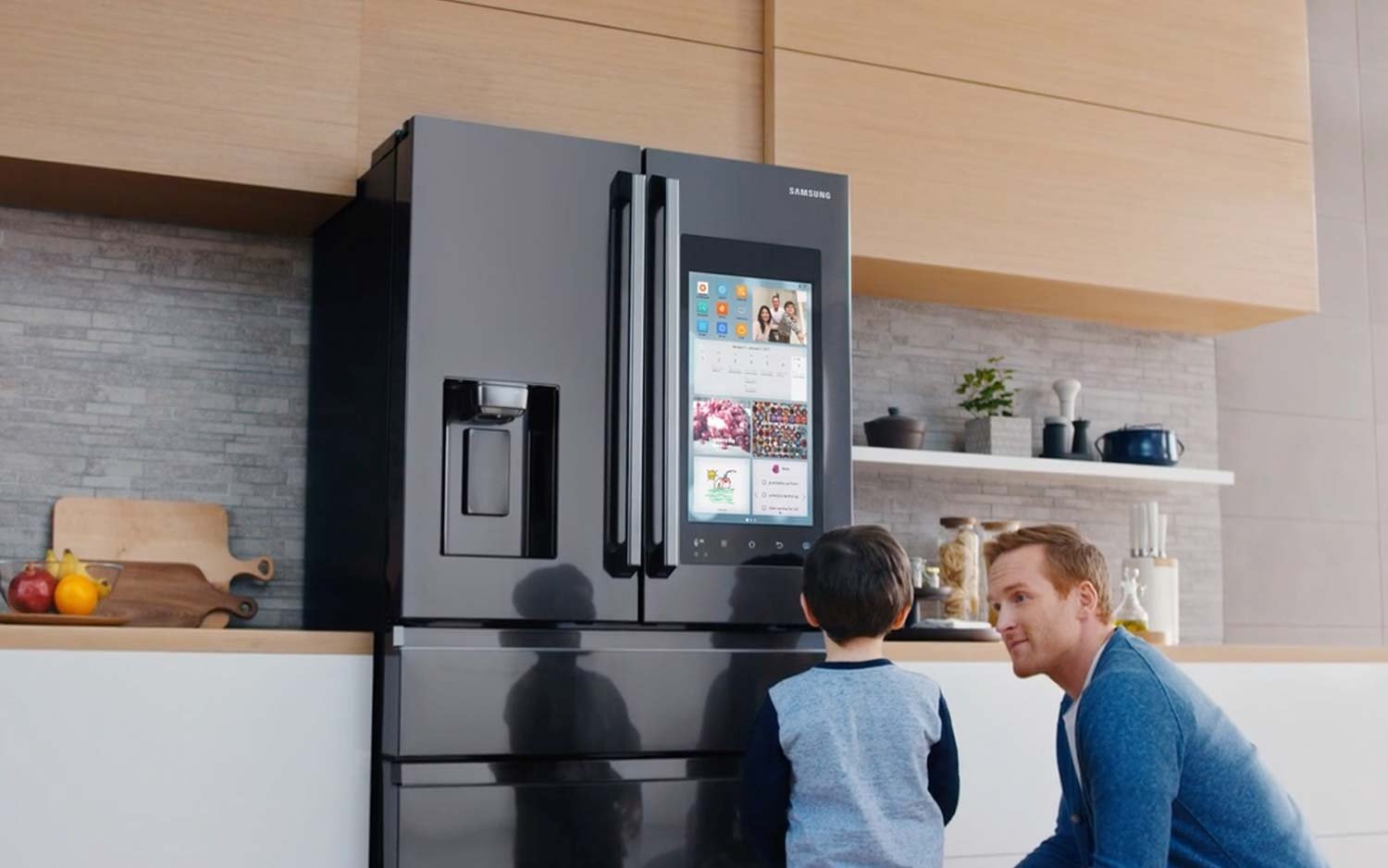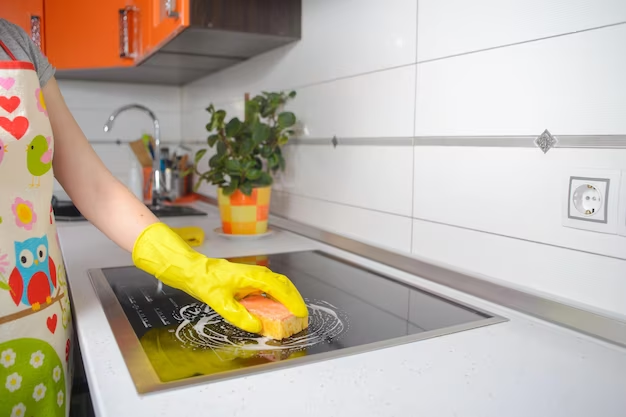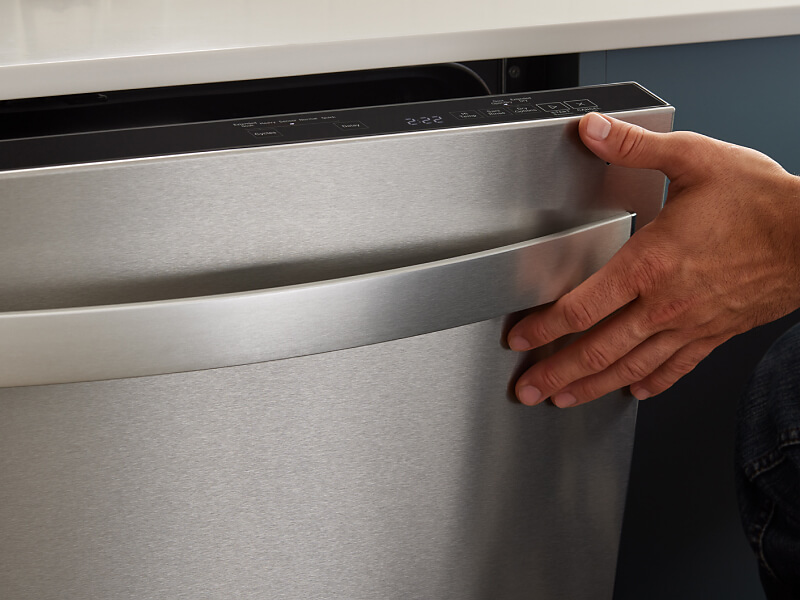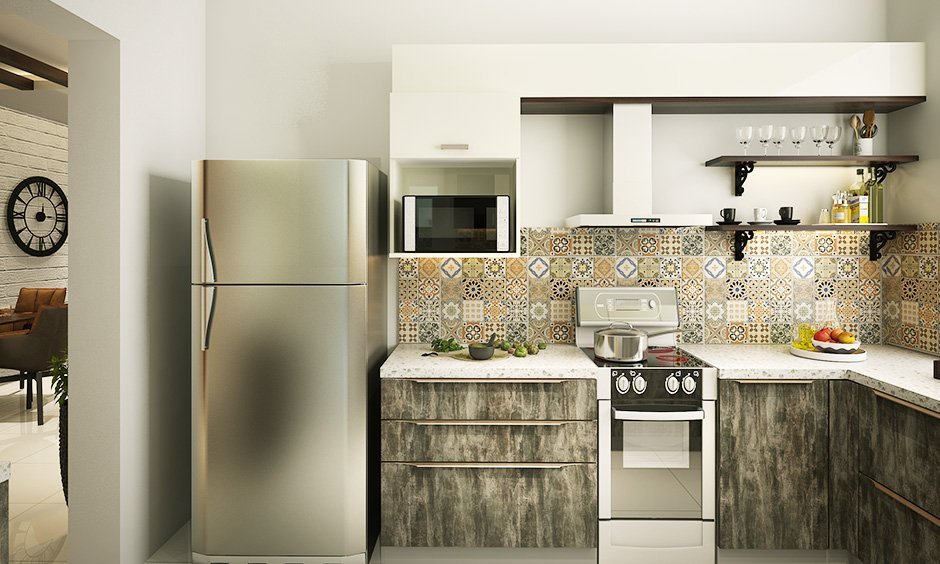Smart Kitchen Setup for Beginners (2025)
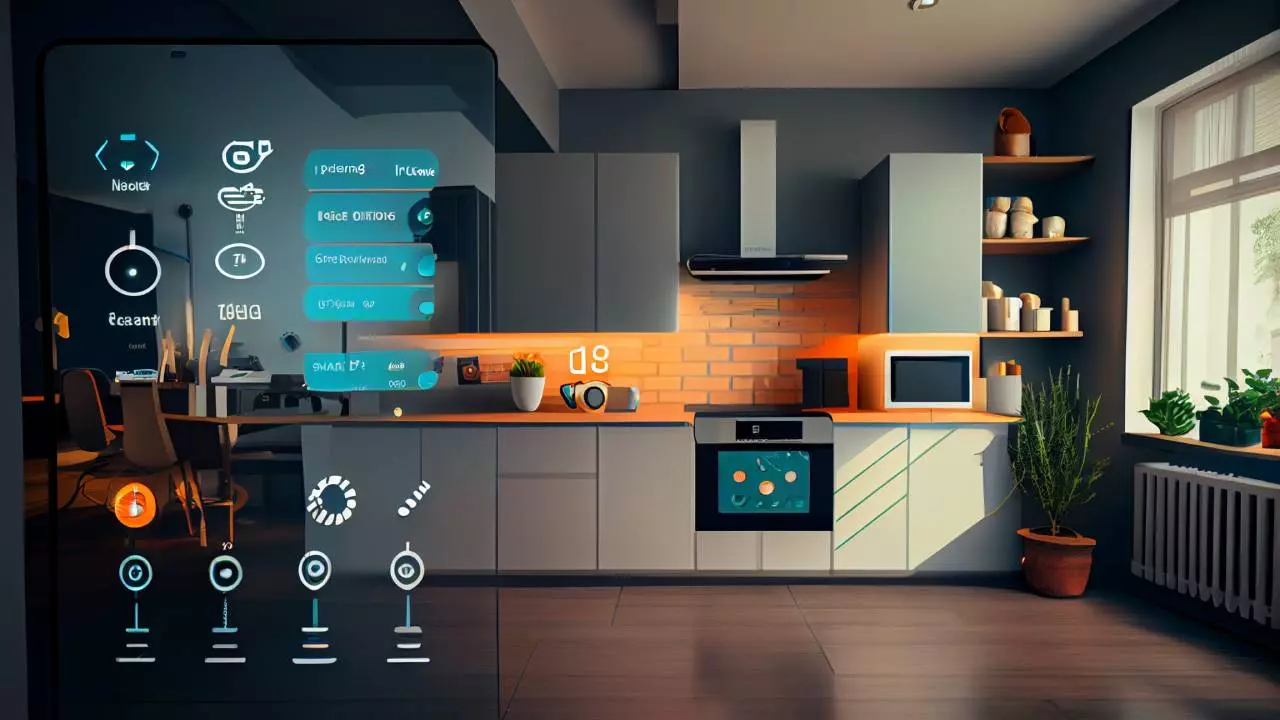
In recent years, smart technology has become an integral part of our daily lives, transforming everything from our phones to our cars. One of the most exciting areas of innovation is the smart kitchen. Integrating smart technology into your kitchen can revolutionize the way you cook, clean, and manage your household.
Smart Kitchen Setup for Beginners might seem like a daunting task, but with the right guidance, it can be a straightforward and highly rewarding process. This guide will walk you through the essentials of creating a smart kitchen, from understanding the basic components to planning your setup and choosing the right devices.
Smart Kitchen Basics
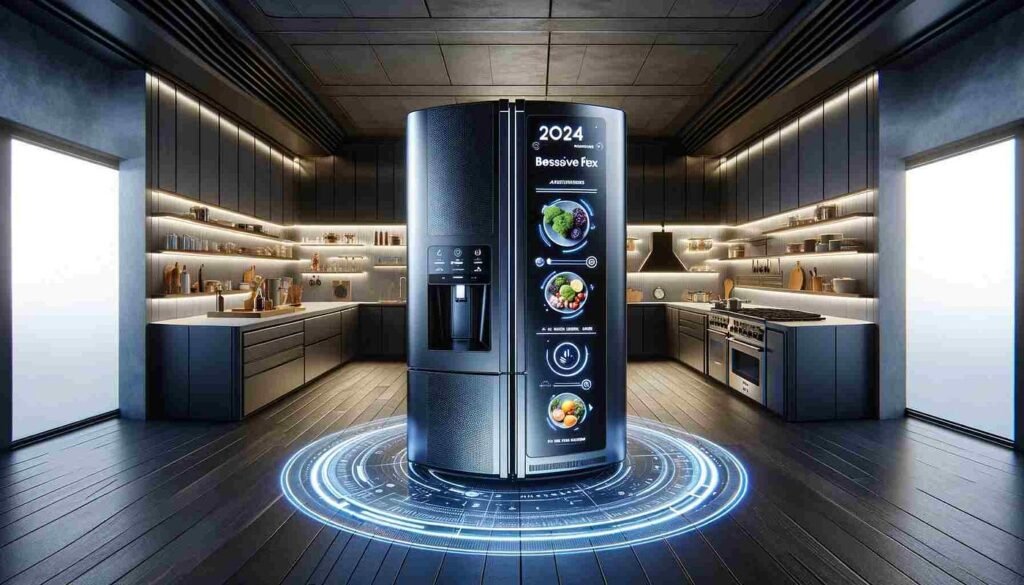
A smart kitchen is equipped with internet-connected devices that can be controlled remotely via smartphone apps, voice commands, or automation systems. These devices communicate with each other to streamline and enhance various kitchen tasks.
Key components of a smart kitchen include smart appliances like refrigerators and ovens, smart lighting, and smart assistants such as Alexa or Google Home.
The benefits of a smart kitchen are numerous. Firstly, convenience is a major advantage. Imagine being able to preheat your oven on your way home from work or check the contents of your fridge from the grocery store.
Secondly, smart kitchens can significantly increase efficiency. Automated tasks and precise cooking controls save time and reduce the margin for error. Lastly, smart technology can help save energy.
Many smart devices are designed to optimize energy use, reducing your overall consumption and helping you manage your kitchen more sustainably.
Planning Your Smart Kitchen Setup
Let’s Explore Planning your Smart Kitchen Setup.
Assessing Your Needs:
The first step in setting up a smart kitchen is to assess your cooking habits and identify your needs. Think about the types of meals you typically prepare, the gadgets you use most frequently, and the tasks you find most tedious.
This will help you determine which smart devices will best serve your needs. For instance, if you frequently entertain guests, a smart oven with preset cooking modes might be a valuable addition.
Budgeting:
Next, consider your budget. Setting up a smart kitchen can range from relatively affordable to quite expensive, depending on the devices you choose.
It’s important to set a budget that works for you and prioritize essential devices over luxury additions. You can always add more gadgets over time as your needs and budget allow.
Layout Considerations:
When planning your smart kitchen setup, consider the layout of your kitchen. Ensure that smart devices are easily accessible and integrated seamlessly into your workflow.
For example, if you’re installing a smart refrigerator, make sure it’s positioned where it can be easily accessed during cooking. Additionally, think about the placement of smart plugs and switches to convert regular appliances into smart ones.
Essential Smart Kitchen Devices for Beginners
Let’s Review some Essential Tips on Smart Kitchen Devices for Beginners.
Smart Refrigerators:
Smart refrigerators are a cornerstone of any smart kitchen. They come with features like touchscreens, inventory management, and energy-efficient designs.
With a smart refrigerator, you can keep track of your groceries, get recipe suggestions based on available ingredients, and even create shopping lists. Popular models include the Samsung Family Hub and the LG InstaView, both of which offer robust features that enhance your kitchen experience.
Smart Ovens and Microwaves:
Smart ovens and microwaves allow you to control cooking temperatures and times with precision. These appliances often come with remote control capabilities, preset cooking modes, and voice control features.
For beginners, the June Oven and the Tovala Smart Oven are excellent choices, offering user-friendly interfaces and versatile cooking options.
Smart Dishwashers:
A smart dishwasher can automate and optimize your dishwashing process, saving you time and effort. These appliances typically offer automated cycles, energy and water efficiency, and remote control via smartphone apps. Notable models include the Bosch 800 Series and the GE Profile, both known for their performance and reliability.
Smart Lighting:
Smart lighting is an essential component of a smart kitchen. It allows you to adjust lighting levels, set moods, and even save energy with motion sensors and automated schedules. Brands like Philips Hue and LIFX offer a range of smart lighting solutions that can be controlled via apps or voice commands, making it easy to customize your kitchen lighting to suit any occasion.
Smart Assistants:
Smart assistants like Amazon Echo and Google Nest Hub are central to integrating and controlling your smart kitchen devices. These assistants respond to voice commands, allowing you to control multiple devices simultaneously. They can set timers, play music, read recipes, and even control smart appliances, making them indispensable in a smart kitchen setup.
Additional Smart Gadgets and Accessories
Let’s Explore some tips on Additional Smart Gadgets and Accessories.
Smart Plugs and Switches:
Smart plugs and switches are versatile additions that can convert regular appliances into smart ones. By plugging your existing gadgets into smart plugs, you can control them remotely and set schedules for operation, adding a layer of convenience and energy efficiency to your kitchen.
Smart Scales:
Smart kitchen scales are perfect for those who love precise cooking and baking. These scales offer features like nutritional tracking and recipe integration, helping you measure ingredients accurately and maintain a healthy diet. Popular models include the Etekcity Food Scale and the Greater Goods Nutrition Scale.
Smart Thermometers:
Smart thermometers provide accurate temperature readings and connect to mobile apps for real-time monitoring. They are ideal for ensuring perfectly cooked meals every time. Notable options include the Meater Plus and the Weber iGrill, both known for their accuracy and ease of use.
Smart Coffee Makers:
For coffee enthusiasts, a smart coffee maker is a game-changer. These devices allow you to program brewing times, adjust strength settings, and control the coffee maker remotely.
Models like the Keurig K-Elite and the Hamilton Beach FlexBrew offer a range of features to suit any coffee preference.
Smart Cooking Devices:
Smart cooking devices such as the Instant Pot Smart WiFi and the Anova Precision Cooker bring advanced cooking techniques to your kitchen.
These gadgets offer features like remote control, precise temperature settings, and integration with recipe apps, making them perfect for both everyday cooking and special occasions.
Installation and Setup Tips
Lets Explore some Tips on installation and setup tips.
Initial Setup:
When you receive your smart devices, the first step is to unbox and set them up according to the manufacturer’s instructions. Connect each device to your Wi-Fi network and ensure it’s properly configured. This may involve downloading specific apps and creating user accounts.
Integration:
For a seamless smart kitchen experience, integrate your devices with smart assistants like Alexa or Google Home. This allows you to control multiple devices with voice commands and create routines that automate tasks. If you encounter any connectivity issues, refer to the troubleshooting sections in the user manuals or seek help from online forums and support groups.
User Manuals and Tutorials:
Reading user manuals is crucial for understanding the features and setup process of each device. Additionally, there are many online tutorials and guides that provide step-by-step instructions and tips for setting up and using smart kitchen devices.
Creating a Smart Kitchen Routine
Let’s Review some tips on Smart Kitchen Routine.
Daily Use:
Incorporate smart devices into your daily routine to make the most of your smart kitchen. For instance, you can use a smart coffee maker to have freshly brewed coffee ready when you wake up, or a smart oven to start preheating while you’re still on your way home from work.
Maintenance:
Regular maintenance is essential to keep your smart kitchen devices running smoothly. Update the software and firmware regularly to benefit from the latest features and security improvements. Clean the devices according to the manufacturer’s recommendations to ensure longevity and optimal performance.
Energy Management:
One of the significant benefits of a smart kitchen is energy management. Use smart plugs and energy-efficient devices to monitor and reduce energy consumption. Many smart devices provide detailed energy usage reports, helping you identify areas where you can save energy and reduce costs.
Common Challenges and Solutions
Let’s Explore some Common Challenges and Solutions that you might face.
Connectivity Issues:
One common challenge in setting up a smart kitchen is connectivity. Ensure that your kitchen has a strong Wi-Fi signal.
If necessary, use Wi-Fi range extenders to improve coverage. Additionally, make sure that your devices are within range of the router and that there are no physical obstructions causing interference.
Compatibility:
Compatibility between different devices and brands can sometimes be an issue. Before purchasing new devices, check their compatibility with your existing setup. Using a universal smart home hub can help integrate devices from different manufacturers and create a cohesive smart kitchen system.
Learning Curve:
The initial learning curve of using smart technology can be challenging. Spend time learning how each device works and familiarize yourself with their features. Utilize online resources, community forums, and user groups for support and tips from other users who have successfully set up their smart kitchens.
Future Trends in Smart Kitchen Technology
Let’s Review some of the Future Trends in Smart Kitchen Technology.
Emerging Technologies:
The world of smart kitchen technology is continually evolving, with new innovations emerging regularly.
AI-powered cooking assistants, advanced robotic kitchen appliances, and more sophisticated automation systems are just a few examples of what the future holds. Keeping an eye on these trends can help you stay ahead and make informed decisions about upgrading your smart kitchen.
Sustainability:
Sustainability is becoming increasingly important in smart kitchen technology. Many devices are designed to be energy-efficient and environmentally friendly. Smart kitchens can play a significant role in promoting sustainable living by reducing energy consumption, minimizing food waste, and encouraging the use of eco-friendly products.
Customization and Personalization:
The trend towards more personalized and customizable smart kitchen solutions is also on the rise. Future smart kitchen devices are expected to offer greater customization options, allowing users to tailor their kitchen setup to their specific needs and preferences. This includes personalized cooking programs, adaptive learning algorithms, and more.
Also Read : Smart Kitchen Appliances for Multitasking
Conclusion
Setting up a smart kitchen as a beginner can be an exciting and transformative experience. By carefully planning your setup, choosing the right devices, and integrating them seamlessly into your daily routine, you can create a kitchen that is not only smart but also highly efficient and enjoyable to use.


